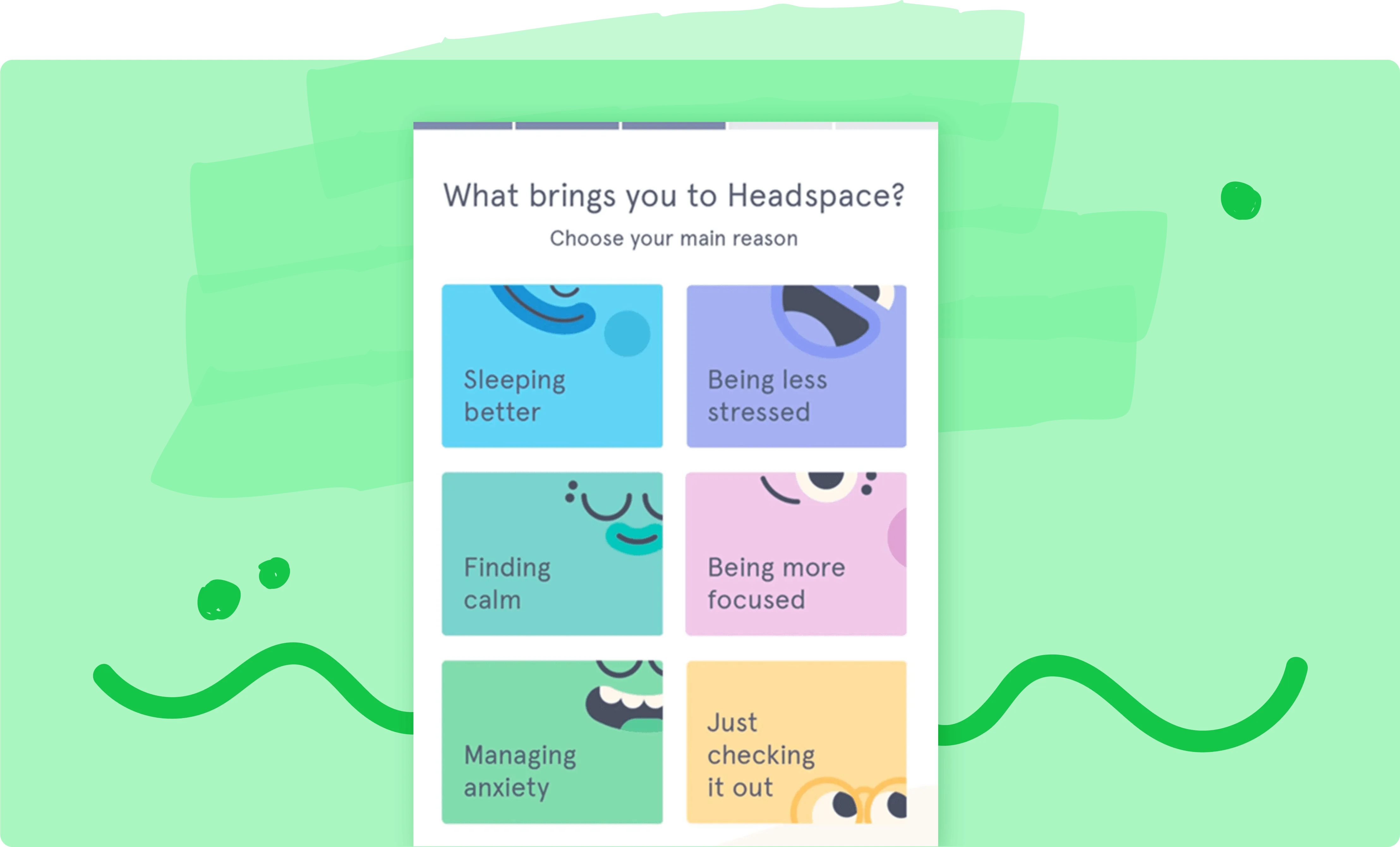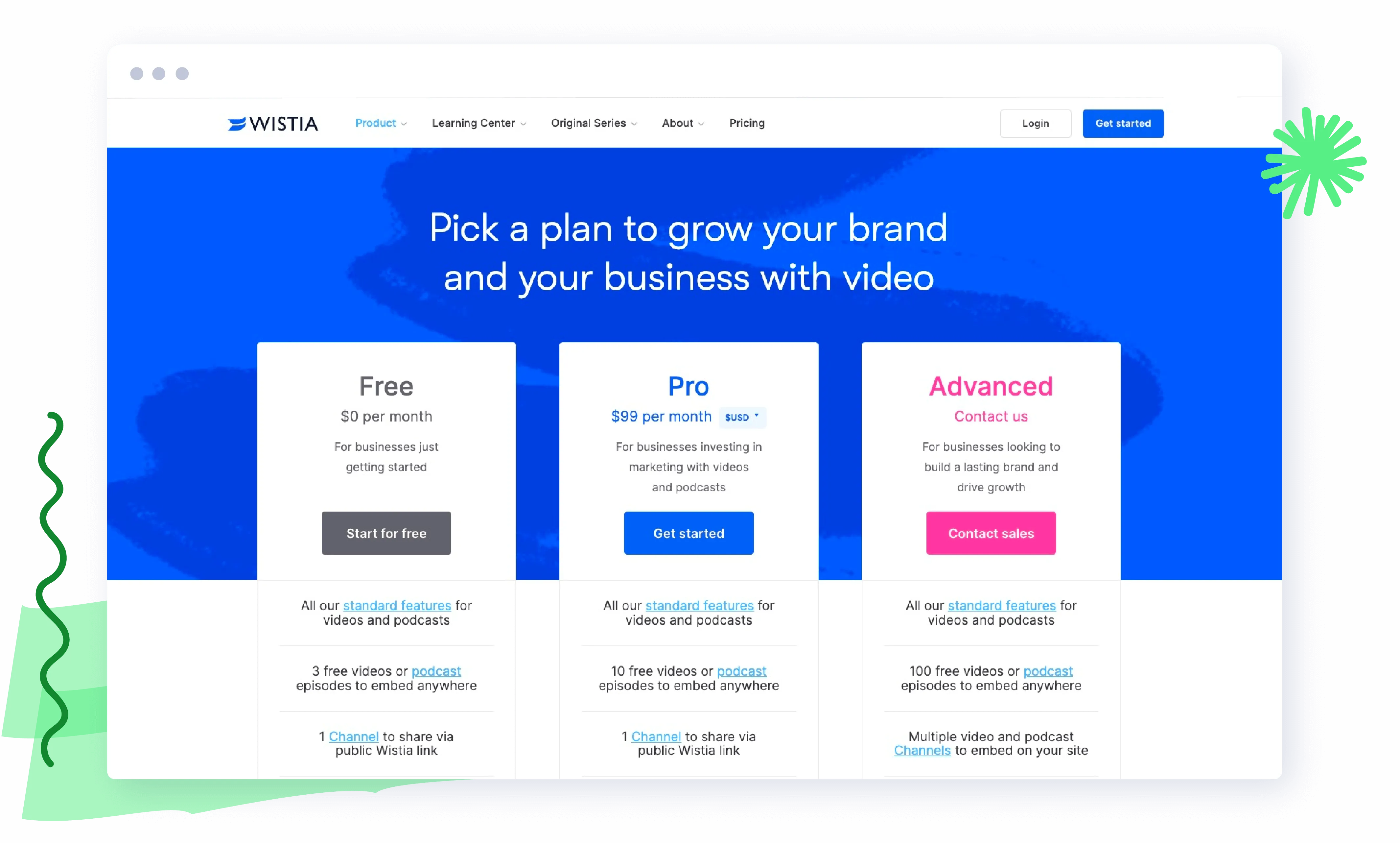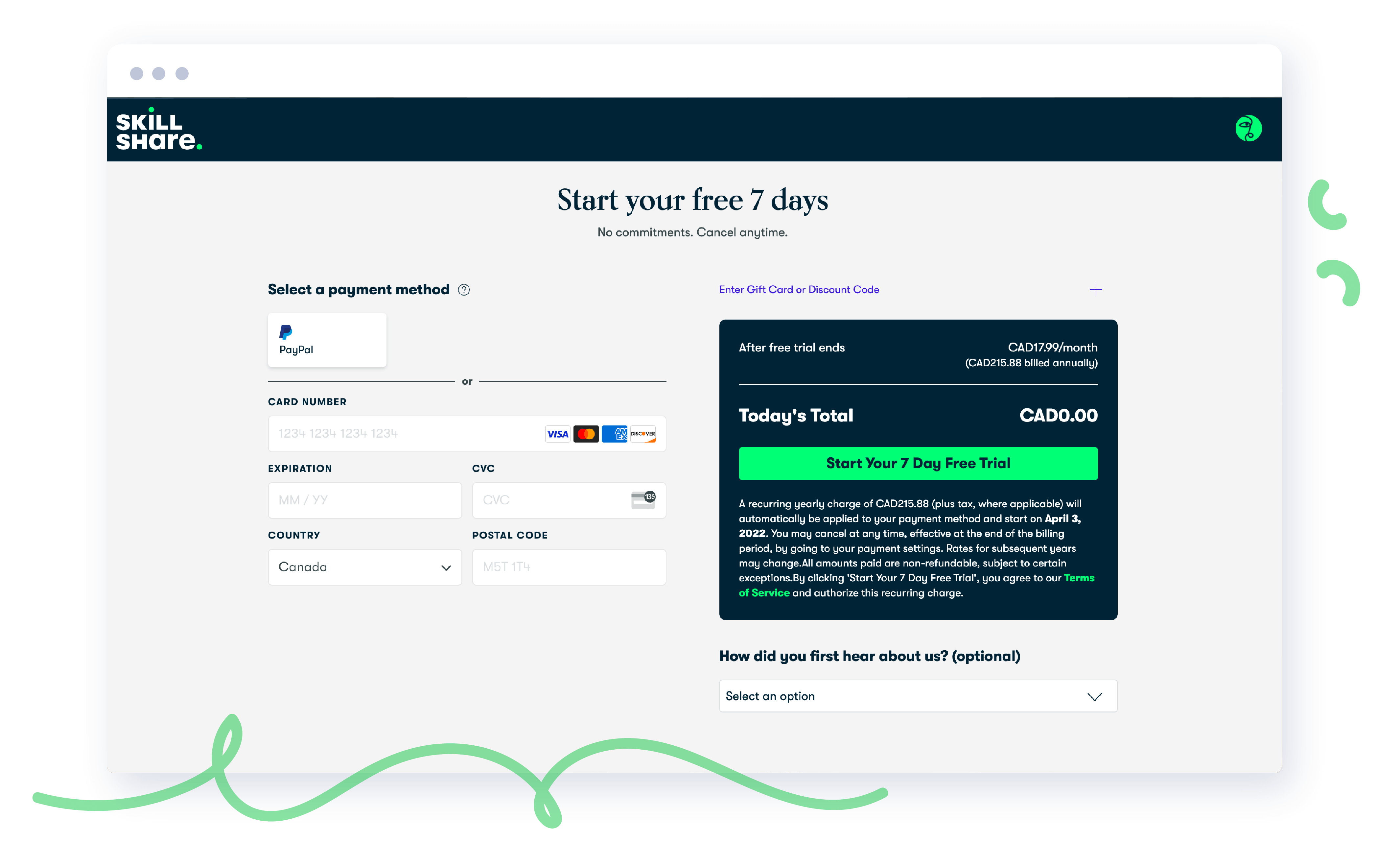

What is free to paid conversion?
In the first lesson, you’ll learn the definition of free-to-paid conversion rate and why it’s so important to your company’s growth. You’ll also get conversion benchmarks to aim for.

What is free to paid conversion and why is it important?
Hey hey!
Welcome to this course that’s all about improving your product’s free-to-paid conversion rate.
We hope you’re as excited about it as Ramli and Lia!
.gif)
Before we journey too much farther, let’s make sure we’re on the same page and start with the basics: what is a free-to-paid conversion rate? (and why is it important?)
The free-to-paid conversion rate is a SaaS metric that tracks the percentage of users that convert to a paid account after signing up for a free account.

Don’t worry, it’s easier to calculate than it sounds—just divide the number of free users that convert in a given period (usually 30 days), by the total number of free users within that same period.
Then make your fourth-grade math teacher proud by multiplying your results by 100 to get a percentage. That’s it! (Feel free to copy our homework, we won’t tell—in fact, we encourage it!)

Ok, enough with the theoretical, here’s what this looks like in practice: if you get 200 trial users in 30 days, and 40 of those users convert to a paid account, your free trial conversion rate for those 30 days is 20%.
Neat! But is a 20% free-to-paid conversion rate even good? Well, it depends!
Free-to-paid conversion benchmarks
Every company is different (yes, even the competitors you’re drawing inspiration from are at a different stage of business, headcount, etc.) so it’s important to look at several factors when determining what a “good” free-to-paid conversion rate is for you:
Free trial vs. freemium

One of the most important factors to consider is choosing a free trial or freemium business model.
With a free trial model, a product or service is offered to customers for a limited period of usage or time for free—so that they can learn about the product and (hopefully) discover its value before actually paying for it. Headspace offers us a gold-star example of the free trial model, offering a 14-day free trial for their meditation app.

In the other corner, a freemium business model offers basic or limited features to users at no cost forever, and then charges a premium for supplemental or advanced features. Wistia’s freemium business model does this well—offering free plans to startups and premium paid plans to larger, growing businesses. Options FTW!

If you guessed that a free trial model typically has a higher free-to-paid conversion rate, then you’re an excellent guesser. The free trial model leans on urgency to motivate purchases, so when your user’s 14-day free trial comes to an end, you can remind them of what they’ll lose if they don’t become a customer. (Nobody likes losing so that’s usually pretty effective!)
With urgency on your side, aim for a 5% to 20% free-trial-to-paid conversion rate depending on the two other factors mentioned below (source).
Freemium business models typically see a lower conversion rate since there’s no real urgency for users to upgrade to a premium account. A 2% to 5% free-to-paid conversion rate is a good goal to aim for. (source).
High vs. low annual contract value
Next up for consideration: annual contract value (ACV)—the average annual revenue generated from each customer contract. Think of it this way, if a customer signs a 5-year contract for $50,000, the annual average yield of their contract would be $10,000/year.

How does ACV affect free-to-paid conversion rate?
Typically, the higher the ACV, the more difficult it is to convert users because it requires more stakeholders to get the budget approved.
Put it this way, say you’re eyeing a Lego house that cost $50, you could save up, go to a store (digitally or IRL), and easily make the purchase.
But what if you wanted to buy a $500,000 bungalow house? You can’t just stroll up to a realtor, hand them your credit card, and walk out as a new homeowner. You’ll probably involve family members, bank reps, mortgage brokers, and real estate agents.
Tom Tunguz from Firstpoint VC researched over 600 SaaS businesses and discovered that the free-to-paid conversion rate decreases as ACV increases (source). (Yes, that’s an inverse relationship—you’re making your 4th grade math teacher so happy rn!)

Sales-assisted vs. unassisted
One of the most interesting findings from Tom Tunguz's research is that a sales-assisted experience can increase free-to-paid conversion rates by 3.5 times when compared to unassisted, self-serve onboarding. But the nature of your product, target customer, or the market you serve should help you determine whether or not adding salespeople to your buying process will move the needle on your free-to-paid conversion rate.
How do salespeople add value? Let me count the ways:
Opt-in vs. opt-out free trial
An opt-in free trial allows a user to access the free trial without putting in any payment information up-front, while an opt-out free trial does require it. An example of an opt-out free trial is with Skillshare, an online learning platform for creatives and professionals.

Requiring free signups to enter their credit card information is a huge friction and could result in a lot of them abandoning the product before even trying it out.
On the plus side, those who end up entering their credit card information are more likely to use your product during the free trial. It could also increase your free-to-paid conversion rate by up to five times (source).

The importance of the free-to-paid conversion
The free-to-paid conversion rate is an important metric for product-led companies because it measures the quality of signup by surfacing whether or not your users value your product enough to pay for it. You can learn a lot from your free-to-paid conversion rate, but there are 3 key benefits you'll want to pay attention to:
By segmenting your conversion data, you can learn which type of users convert to paid accounts at the highest rate. This will help you target them directly with your marketing campaigns, and personalize the product experience based on their unique goals.
If you’re getting tons of trial users, but only a small percentage of those trials are converting, there may be an issue with how your trial is set up—or how your product delivers on its promise.
Maybe you have too much unnecessary friction in your user onboarding experience (in that case, if you haven’t already, take our free User Onboarding 101 certification course 😄 ).
The higher your free-to-paid conversion rate, the lower your customer acquisition cost (CAC). For example, if it costs you $100 to acquire 100 free users and you have a 10% conversion rate, your CAC is $10.

If you double your free-to-paid conversion rate to 20%, you cut your CAC in half to $5.

By improving your CAC, you can acquire more paying customers with the same marketing budget. All that’s left to do is to go ahead and double down on your acquisition!
What to do if things don’t measure up?
Sure, it’s great to know what and how important a free-to-paid conversion rate is—but you signed up for this course to learn one thing: how do you boost your free-to-paid conversion rate?
Chances are, your current free-to-paid conversion rate doesn’t measure up to the benchmarks. (But even if it does, there’s always room for improvement!)
Grab some lembas bread (or your snack of choice) and journey onward to the next lesson for a deep dive into the main drivers of a poor free-to-paid conversion rate.
See ya there!








